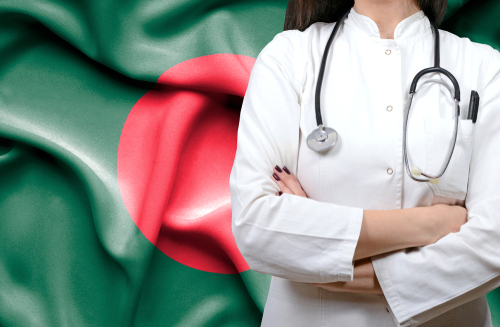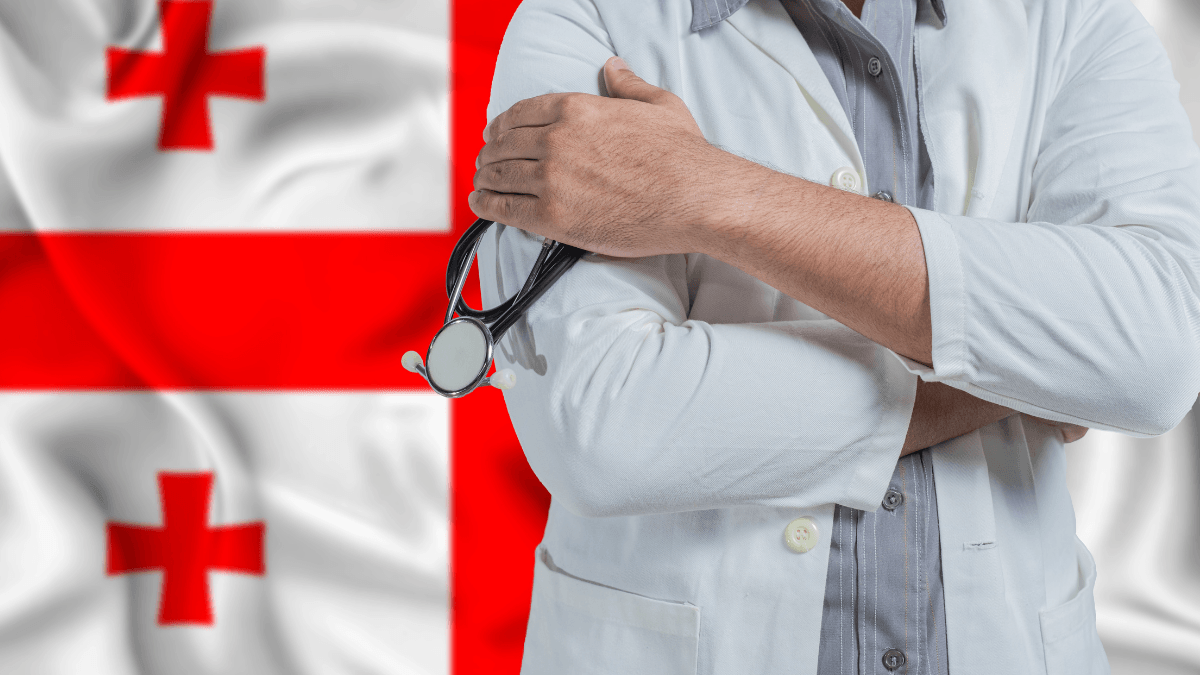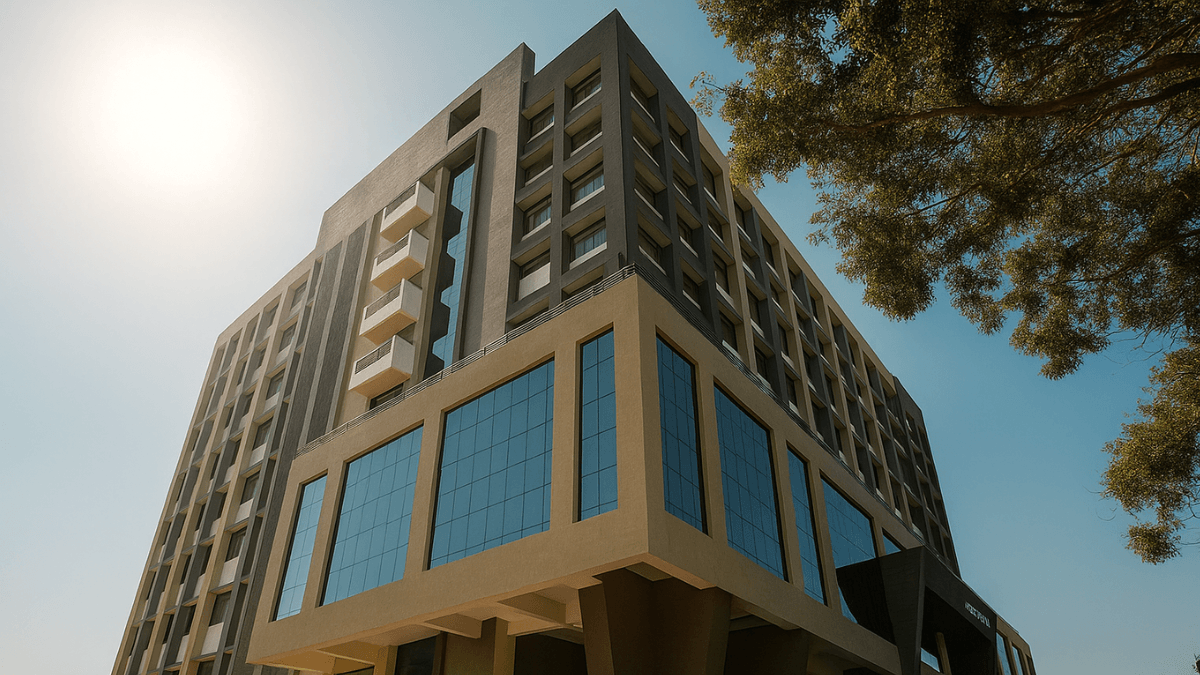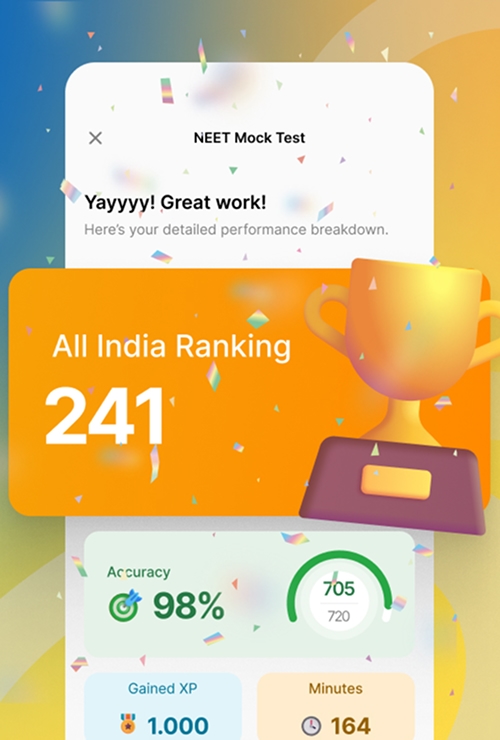
☝️ At a glance
- Limited seats in government colleges push most foreign students to lower-quality private colleges.
- Language barriers and cultural differences affect clinical exposure and student comfort.
- MBBS degrees require clearing the NMC screening test for practice in India.
- Complicated admission process, visa issues, and no direct PG path limit long-term career options.
Introduction
Pursuing MBBS and becoming a doctor is a dream of many Indian students as well international students. The growing competition and rising cutoff sometimes doesn't allow students to doubt about their decision of becoming a doctor and that's why options like MBBS abroad seems a viable solution for many and specially when countries like Bangladesh which is at very close proximity is offering the medical education at affordable price. Medical universities in Bangladesh has both public universities and private medical colleges, offering quality education at low fees. But with this comes many challenges like cultural differences and many more which we are going to learn in this article in order to help you take best decision for your career.

Become a global doctor with MBBS abroad!
Studying abroad can be affordable and stress-free with futureMBBS:
- World-recognized universities with English-taught programs
- On-site support in partner university cities
- Guaranteed placements & internships for hands-on experience
From selecting universities and supporting you with the application process to orientation and finding accommodation – we are at your side.
Learning the disadvantages
1. Limited seats in government colleges
Government medical colleges in Bangladesh offer high quality education at subsidized fees, but the number of seats available for foreign students is very limited. This forces many Indian students to seek admission in colleges, where fees are significantly higher.
2. Quality and recognition concerns in private colleges
Though there are many medical colleges and medical universities across Bangladesh, the quality of infrastructure and faculty in some colleges may not meet the expectations of medical aspirants. Not all colleges offer quality education, practical labs, or exposure to clinical training and forensic medicine at par with Indian medical colleges or top medical colleges in other countries.
3. Language barrier and cultural differences
A common challenge for Indian students and foreign students is the language barrier. While English is the medium of instruction for the MBBS course, real-life interactions with patients during clinical training often occur in Bengali. This makes it harder for students to gain practical clinical knowledge. Additionally, cultural diversity and cultural differences may lead to adjustment issues during the mbbs study period.
4. Recognition and licensing issues
Although many Bangladeshi medical colleges are WHO approved colleges, graduates must clear the National Medical Commission (NMC) screening test or FMGE in India to practice. The MBBS degree from Bangladesh is valid, but passing the licensure exams is essential. The MBBS syllabus may differ slightly, especially in allied subjects, which requires additional preparation by students.
5. Admission and visa complications
The MBBS admission process for international students can be complex, involving strict documentation, approval from Bangladesh university authorities, and securing a student visa. Any study gap or discrepancies in application can delay the process, making it more stressful for medical students.

Study medicine abroad with 100% support!
futureMBBS offers full support to make your dream of studying medicine abroad a reality.
- Hassle-free admission guidance
- Fast-tracked visa processing
- Post-arrival support, including accommodation assistance
6. Limited exposure to advanced medical technologies
Unlike some top medical universities or medical schools in other countries, many Bangladesh colleges lack access to advanced medical equipment and modern facilities. This can hinder the students’ exposure to cutting-edge treatments and technologies during their medical studies.
7. No direct PG pathway or reservation benefits
Unlike Indian private colleges or public universities, students choose Bangladesh university mostly for MBBS programs and not for postgraduate education. After completing mbbs in Bangladesh, students have to return to their home countries or explore medical career options elsewhere. They also miss out on any reservation or government job benefits that come with MBBS education in Indian medical colleges.
MBBS course structure in Bangladesh
Total duration of medical course: 5 years (academic) + 1 year (compulsory internship).
Phase | Duration | Allied Subjects | Type | Exams |
|---|---|---|---|---|
1st Phase | 1.5 years | - Anatomy | Pre-clinical | First professional exam |
2nd Phase | 1 year | - Community Medicine | Para-clinical | Second professional exam |
3rd Phase | 1 year | - Pharmacology | Pre-clinical/Clinical mix | Third professional exam |
4th Phase | 1.5 years | - Medicine & Allied* | Clinical | Final professional exam |
Examination pattern:
Written (70%), Oral (20%), Practical (10%) for each subject.
Professional exams held in January/July annually.
Clinical training:
Hands-on practice from 3rd year onward in affiliated hospitals.
Ward rotations in final year for Medicine, Surgery, and OB-GYN.
Internship (6th Year):
Compulsory 1-year training in BM&DC-recognized hospitals.
Logbook-based with stipends in some colleges.
Indian students may complete internship in India after clearing FMGE/NExT .
Teaching medium:
English (all lectures, exams, and textbooks) is taught by qualified teachers.
Eligibility criteria
Medical aspirants from India planning to pursue MBBS in Bangladesh must know the mentioned criteria which they have to meet in order to study there.
1. Academic qualifications
Class 10 (SSC/O-Level):
Must have passed with a minimum GPA of 3.5 (or 60% marks).
Year of passing: Not before 2022.
Class 12 (HSC/A-Level):
Must have Physics, Chemistry, and Biology (PCB) with:
Minimum 60% aggregate in PCB (General category).
Minimum 50% aggregate for SC/ST students.
Year of passing: 2024 or 2025 (no gap >1 year after Class 12) .
Total GPA requirement:
Combined GPA of 7.0 (SSC + HSC).
2. NEET qualification
Mandatory: Must qualify NEET-UG (no minimum percentile specified, but passing is required).
Validity: NEET score must be from the current or previous year (2024 or 2025) .
3. Age limit
Minimum Age: 17 years by December 31, 2025.
Maximum Age: Some colleges cap at 25 years.
Key notes
SAARC quota: Indian students pay fees equivalent to Bangladeshi students in government colleges (limited seats).
No entrance exam: Most private MBBS colleges admit based on NEET + academic scores.
Language: No IELTS/TOEFL; English is the medium of instruction.
For official updates, refer to the Bangladesh Medical & Dental Council (BMDC)
Fee structure overview
Students seeking admissions for medical colleges in Bangladesh due to main attractive feature of low MBBS fees offering medical degree at affordable costs. Learn the living expenses in detail:
Government medical colleges
Total course fees (5.5 years): ₹12–25 lakhs (for SAARC quota students, including Indians.
Hostel fees: Included in the package or minimal (₹500–1,000/month).
Private medical colleges
Total course fees (5.5 years): ₹24–55 lakhs (varies by college ranking/location).
Hostel fees: ₹4,200–12,600/month.
Food costs: ₹2,500–4,200/month.
Average cost breakdown
Expense | Annual Cost (INR) | Notes |
|---|---|---|
Tuition Fees | ₹5–8.4 lakhs | Paid in installments. |
Hostel (Shared) | ₹50,000–1.5 lakhs | AC rooms cost extra. |
Food | ₹30,000–50,000 | Local mess/cafeteria. |
Books/Supplies | ₹17,000–42,000 | One-time costs for lab equipment. |
Total (Yearly) | ₹6–11 lakhs | Excludes travel/visa |
Top medical colleges in Bangladesh
A. Government colleges
College Name | Established | Affiliation | Approx. Fees (MBBS Course) |
|---|---|---|---|
Dhaka Medical College (DMC) | 1946 | University of Dhaka | ₹31.5 lakhs |
Sir Salimullah Medical College | 1875 | University of Dhaka | ₹25-30 lakhs |
Chittagong Medical College | 1957 | Chittagong Medical University | ₹28-32 lakhs |
Rajshahi Medical College | 1958 | Rajshahi Medical University | ₹25-28 lakhs |
Mymensingh Medical College | 1962 | University of Dhaka | ₹26-30 lakhs |
Shaheed Suhrawardy Medical College | 2006 | University of Dhaka | ₹27-31 lakhs |
Sher-e-Bangla Medical College | 1968 | University of Dhaka | ₹24-28 lakhs |
MAG Osmani Medical College | 1962 | Sylhet Medical University | ₹26-30 lakhs |
B. Private medical colleges
College Name | Established | Affiliation | Approx. Fees (MBBS Course) |
|---|---|---|---|
Bangladesh Medical College (BMC) | 1986 | University of Dhaka | ₹30.8 lakhs |
Dhaka National Medical College | 1994 | University of Dhaka | ₹32-35 lakhs |
Ibrahim Medical College | 2002 | University of Dhaka | ₹33-37 lakhs |
Green Life Medical College | 2005 | University of Dhaka | ₹28-32 lakhs |
Khwaja Yunus Ali Medical College | 2005 | Rajshahi Medical University | ₹25-30 lakhs |
Enam Medical College | 2003 | University of Dhaka | ₹30-34 lakhs |
Jalalabad Ragib-Rabeya Medical College | 1995 | Sylhet Medical University | ₹28-32 lakhs |
Exploring MBBS Opportunities in Europe and Beyond
While Bangladesh’s MBBS programs may hold appeal, students should cast their gaze towards alternative horizons for a well-rounded medical education. Europe and other Western countries emerge as compelling options renowned for their high-caliber medical programs.
Countries such as Germany, Slovakia, Hungary, and Croatia among others, boast world-class institutions known for their cutting-edge research, advanced facilities, and globally respected medical curricula. Pursuing MBBS in these countries provides students with exposure to diverse medical practices and fosters a comprehensive understanding of international healthcare systems.
Additionally, scholarships and financial aid designed specifically for international medical students in these countries alleviate the financial burden while enhancing the overall educational experience. By embracing these opportunities, students not only access superior medical education but also cultivate a global perspective that propels them towards an internationally recognized and impactful medical career.
Conclusion
In conclusion, while studying MBBS in Bangladesh advantages presents several appealing factors such as affordable education, geographical proximity, and familiar culture for Indian students, it's essential to understand the challenges that come along. From language barriers and cultural differences to variability in quality education across private colleges, and complexities in the admission process and student visa, the journey may not be as smooth for every student. Furthermore, limitations in clinical training, differing MBBS syllabus, and the need to pass licensing exams like the NMC screening test make it crucial for aspiring doctors to plan carefully.
Therefore, prospective students should evaluate both the advantages and disadvantages of studying MBBS in Bangladesh, compare options with medical colleges in other countries and Indian private colleges, and make an informed decision aligned with their long-term medical career goals. Choosing the right MBBS program is not just about cost—it’s about ensuring that the MBBS degree leads to a successful and fulfilling future in medicine.
Thinking of pursuing MBBS abroad? Don’t just dream it, do it!Your medical career abroad starts here!
FREQUENTLY ASKED QUESTIONS
FAQs about "disadvantages of studying MBBS in Bangladesh"
1. Is MBBS degree from Bangladesh valid in India?
Yes, an MBBS degree from Bangladesh is valid in India only if the college is approved by the National Medical Commission (NMC). However, after completing the course, Indian students must pass the Foreign Medical Graduate Examination (FMGE) to obtain a license to practice in India.
2. Is it safe to study MBBS in Bangladesh?
Yes, Bangladesh is generally safe for Indian students and international students. Most medical colleges have hostel facilities with good security. However, students should always stay aware of their surroundings and follow basic safety guidelines.
3. What is the medium of instruction for MBBS in Bangladesh?
The medium of instruction in most Bangladeshi medical colleges is English. However, during clinical training, doctors and patients may converse in Bengali, which can be a language barrier for international students when interacting directly with patients.
4. Are Bangladeshi medical colleges recognized by the World Health Organization (WHO)?
Yes, many MBBS colleges in Bangladesh are listed in the World Directory of Medical Schools, which is maintained in collaboration with the World Health Organization (WHO). However, students must verify whether the specific college they are applying to is WHO-recognized and NMC-approved.
5. How is the clinical exposure for MBBS students in Bangladesh?
Clinical training in medical colleges starts early in the Bangladesh MBBS degree and provides decent exposure. However, the quality varies between private colleges and top government institutions.







